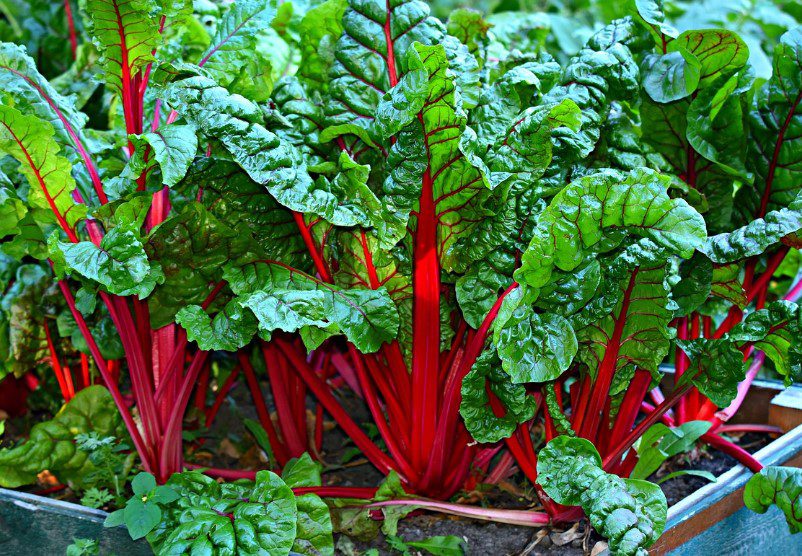Ever wonder why those cartoon characters always chomp on carrots and spinach? It is not just for show! Leafy greens are like tiny treasure chests jam-packed with essential vitamins, minerals, fiber and other good stuff to help your child grow strong and healthy.
Picture this: a family dinner filled with vibrant colors, not just from the table decorations, but from the food itself! From toddlers taking their first bites of solid food to grandparents looking to maintain optimal health, leafy greens offer a bounty of benefits for every member of your family.
Leafy greens are loaded with vitamins A, C, E and K, as well as iron, folate, fiber, and calcium. These are all crucial for maintaining good health throughout life.
Popular examples of leafy greens around the world:

Spinach (Spinacia oleracea): A versatile green with a mild flavor, spinach is a great source of vitamins A, C, and K, as well as iron and folate. It can be enjoyed raw in salads, cooked in stir-fries, or blended into smoothies.
Kale (Brassica oleracea): A trendy green in recent years, kale is known for its tough, curly leaves and slightly bitter taste. It’s a nutritional powerhouse, packed with vitamins A, C, and K, calcium, iron, and fiber. Kale can be eaten raw in salads, massaged with olive oil and roasted, or added to soups and stews.
Sukuma Wiki (Collard Greens, Brassica oleracea var. viridis): A staple green in East Africa, particularly Kenya, Tanzania, and Uganda, Sukuma Wiki is the Swahili name for “collard greens.” These large, leafy vegetables with a slightly bitter taste are traditionally cooked low and slow with onions, tomatoes, spices, and sometimes meat or fish for a hearty and flavorful dish.
Lettuce (Lactuca sativa): Lettuce is a good source of vitamin K and folate. Some popular types include romaine lettuce (known for its crispness and used in Caesar salads), iceberg lettuce (milder flavored and commonly used in burgers), and butter lettuce (known for its soft, buttery leaves).
Swiss Chard (Beta vulgaris subsp. cicla): Swiss chard has large, green leaves with colorful stalks (red, yellow, orange, or white). It has a mild, earthy flavor and is a good source of vitamins A, C, and K, as well as magnesium and potassium.
Why Leafy Greens are so Important

1. Foundational Benefits from Infancy
- Brain Development: Leafy greens are rich in folate, a B vitamin essential for healthy cell division and neural tube formation in the womb. This translates to better cognitive function and brain development in infants.
- Strong Bones & Teeth: Leafy greens are excellent sources of vitamin K and calcium, which are essential for maintaining strong and healthy bones. Adequate intake of these nutrients during childhood can contribute to optimal bone development and density, reducing the risk of osteoporosis and fractures in adulthood.
- Immune System Boost: Vitamin C and antioxidants in greens help build a robust immune system, which is especially important during infancy when babies are exposed to new germs and illnesses.
- Energy Levels: Iron helps carry oxygen throughout the body, keeping your child energized.
- Digestive Health: Dietary fiber in leafy greens and vegetables as a whole promotes a healthy gut and regularity.
2. Continuing Benefits Throughout Childhood

- Physical Growth & Development: As children grow, they need a steady supply of minerals for strong bones, muscles, and blood. Leafy greens provide calcium, iron, magnesium, and other essential minerals for these functions.
- Energy Levels: Iron in leafy greens helps carry oxygen throughout the body, keeping your child energized for all their activities, from playing sports to focusing in school.
- Digestive Health: Fiber in leafy greens promotes a healthy gut and regularity, which is important for overall well-being and nutrient absorption.
3. Long-Term Benefits into Adulthood

- Disease Prevention: Studies suggest that a diet rich in leafy greens may help reduce the risk of chronic diseases like heart disease, diabetes, and certain cancers later in life. Consuming leafy greens during childhood helps build up a reservoir of these protective nutrients, potentially reducing the risk of developing these diseases later in life.
- Cognitive Function: Nutrients found in leafy greens, such as folate and antioxidants, are important for brain health and cognitive function. Consuming these nutrients during childhood supports optimal brain development and may help protect against age-related cognitive decline in adulthood. Folate in greens may contribute to maintaining cognitive function and reducing the risk of dementia as adults.
- Healthy Vision: Vitamin A in certain leafy greens supports healthy vision, which is important throughout life.
- Promoting Healthy Weight Management: Leafy greens are low in calories and high in fiber, making them a valuable component of a balanced diet for weight management. Children who consume leafy greens are more likely to develop healthy eating habits that include plenty of fruits and vegetables, which can help prevent obesity and its associated health problems in adulthood.
Leafy Greens vs. Other Food Groups

- Water: Water is essential for every bodily function, and it should be the primary beverage for your child. Leafy greens also have a high water content, contributing to hydration.
- Fruits: Fruits offer a different set of vitamins and minerals, along with natural sugars for energy. Think of them as a colorful companion to leafy greens.
A Look at a Balanced Plate
Imagine a plate divided into sections. Here’s how to create a balanced meal with leafy greens:

- Quarter of the plate: Lean protein sources like fish, chicken, or beans.
- Half the plate: Leafy greens or other colorful vegetables.
- Quarter of the plate: Whole grains like brown rice or quinoa.
- On the side: A serving of fruit.
- Water: Throughout the day.
Tips for Getting Your Child to Eat Greens:
Introducing leafy greens in childhood helps cultivate a taste for these nutritious foods, making it more likely that individuals will continue to include them in their diet as adults. This establishes a pattern of consuming nutrient-rich foods, which is crucial for maintaining overall health and well-being in adulthood.
- Start Early: Introduce leafy greens as soon as your child starts solids. Puree them or mix them with other foods.
- Variety is Key: Experiment with different types of greens like spinach, kale, swiss chard, and romaine lettuce.
- Get Creative: Sneak greens into smoothies, soups, or frittatas.
- Make it Fun: Involve your child in meal prep. Let them help wash and tear the greens.
- Be a Role Model: Show your child that you enjoy eating greens by incorporating them into your own diet.
Leafy Greens for Life
Leafy greens aren’t just a fad – they are a nutritional powerhouse for your child from infancy all the way to adulthood. By making these vegetables a regular part of their diet, you’re setting them up for a lifetime of healthy eating and well-being.
Remember, it is a journey: patience and creativity are key!
And finally, the consumption of leafy greens during childhood sets the stage for a lifetime of health benefits, including reduced risk of chronic diseases, improved bone health, healthy weight management, and enhanced cognitive function in adulthood.





Leave a Reply